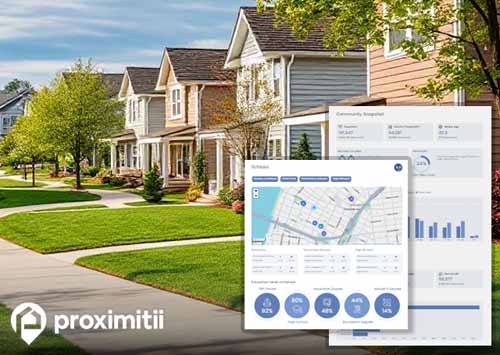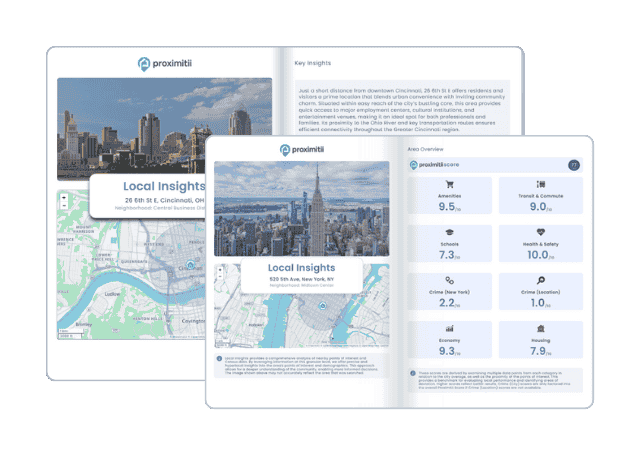| Statistic | Reportedincidents | /100k people | Kinston/100k people | Alabama/100k people | National/100k people |
| Total crime | 0 | n/a (estimate) | 2,742 (estimate) | 1,925 | 2,119 |
| Murder | n/a | n/a | n/a | 8.7 | 5.0 |
| Rape | n/a | n/a | n/a | 25.8 | 37.5 |
| Robbery | n/a | n/a | n/a | 34.0 | 60.6 |
| Assault | n/a | n/a | n/a | 291.4 | 256.1 |
| Violent crime | n/a | n/a (estimate) | 513 (estimate) | 360 | 359 |
| Burglary | n/a | n/a | n/a | 243.5 | 229.2 |
| Theft | n/a | n/a | n/a | 1,148.5 | 1,272.1 |
| Vehicle theft | n/a | n/a | n/a | 173.0 | 258.8 |
| Property crime | n/a | n/a (estimate) | 2,229 (estimate) | 1,565 | 1,760 |


Crime is typically categorized into two main types: violent and property crimes. Violent crimes encompass offenses such as murder, rape, robbery, and assault, while property crimes include burglary, theft, and vehicle theft. Based on the most recent report, the Kinston crime rate is higher than the national average by 192.2%. Specifically, there were 3 violent crimes in Kinston, equivalent to 509 per 100,000 individuals, higher than the national average by 37.7%. Furthermore, Kinston recorded 37 property crimes, amounting to 6282 per 100,000 residents, which was higher than the average by 221.4%.
Having a crime rate of 6791 per 100,000 residents, Kinston experiences a crime rate that is 192.19% higher when compared to the national average, leading to one of the highest overall crime rates in the nation. It's important to clarify that this doesn't imply the entire city is unsafe. Like any area, Kinston contains neighborhoods with varying safety levels and you can find areas that are notably safer than others, emphasizing the need for targeted crime prevention efforts and community engagement initiatives.
Kinston showcased a dedication to violent crime safety in its latest reported crime year by achieving a murder rate of 0. This accomplishment could indicate that it is a safe place for residents, but also provides a shining example to other urban areas endeavoring to create safer communities.
Kinston faces some of the nation's most elevated property crime rates, recording 6282 incidents per 100,000 people. This places the city among the worst 10% of all U.S. cities that reported crime. Regrettably, the likelihood of falling victim to property crime in Kinston stands at 1 in 16, significantly surpassing the national average. These statistics underscore the imperative need for bolstered community safety measures to mitigate property crimes and enhance the well-being of its residents.
Is Kinston a safe place to live? While the answer may not be straightforward due to variations in safety levels across the city, gaining an understanding of the overall crime rate can prove to be advantageous. In general, Kinston has a crime rate that is higher than the national average by 192%. Breaking this down on a daily basis, it translates to 0.11 daily incidents, encompassing 0.01 violent crimes and 0.1 property crimes. Evaluating these statistics can aid in forming a more informed perspective on the safety of Kinston as a potential place to call home.
The level of education within a community can impact crime rates. Higher educational attainment often correlates with lower crime rates, as it provides individuals with better job opportunities and alternatives to criminal behavior. While lower educational achievement rates tend to lead to higher crime rates. In Kinston, 63.6% of people have completed high school, while 83% of people have completed high school nationally.
Rising cost of living expenses, including increased housing costs, grocery, utility and healthcare expenditures, can induce financial strain on individuals and families, particularly those with limited financial resources. Such economic stress may propel individuals towards crime, including theft or burglary, as a means of addressing their financial hardships. Conversely, cities characterized by a lower cost of living may alleviate economic pressures, potentially resulting in a reduced crime rate. In Kinston, the cost of living is 17.4% lower than the national average, reflecting a more affordable economic environment that could contribute to a decrease in crime levels.
The impact of law enforcement and community policing efforts plays a crucial role in shaping crime rates in any city. A robust and cooperative bond between law enforcement and the community can serve as a deterrent to criminal activities, enhancing overall safety. In Kinston, the ratio of police officers and civilians per 1,000 residents stands at 1.82, differing from the national average of 3.25. Effective law enforcement hinges not solely on officer numbers but also on the manner in which they interact and collaborate with the community. Building trust and cooperation are central tenets of community policing, amplifying its influence on crime prevention.

Why stop at city-to-city? With Local Insights, you can compare neighborhoods, zip codes, or even exact addresses. Access 300+ hyperlocal data points—from schools and crime to housing and amenities—to see which area is the better fit.

| Item | Kinston | Alabama | National |
| Law enforcement employees (officers & civilians) | 1 | 9,968 | 558,732 |
| Police officers & civilians /1000 residents | 1.8 | 4.1 | 3.3 |
| State | Total offenders | Alabama /100K | National /100K |
| Alabama | 10,698 | 231 | 266 |
| City | Population | Violent crime/100k people | Property crime/100k people | Total crime/100k people |
| Florala, AL | 1,812 | 161 | 701 | 863 |
| Samson, AL | 1,615 | 176 | 765 | 941 |
| New Brockton, AL | 1,129 | 131 | 1,512 | 1,644 |
| Horn Hill, AL | 319 | 369 | 1,604 | 1,972 |
| Lockhart, AL | 200 | 0 | 2,013 | 2,013 |
| Opp, AL | 6,405 | 222 | 2,041 | 2,263 |
| Babbie, AL | 514 | 482 | 2,096 | 2,578 |
| Kinston, AL | 784 | 513 | 2,229 | 2,742 |
| City | Population | Violent crime/100k people | Property crime/100k people | Total crime/100k people |
| Newell, SD | 784 | 488 | 2,140 | 2,629 |
| Mullan, ID | 784 | 293 | 935 | 1,228 |
| Lyons, MI | 784 | 561 | 1,784 | 2,345 |
| Cleveland, MO | 784 | 273 | 1,148 | 1,421 |
| Middle Amana, IA | 783 | 98 | 524 | 622 |
| Kinston, AL | 784 | 513 | 2,229 | 2,742 |